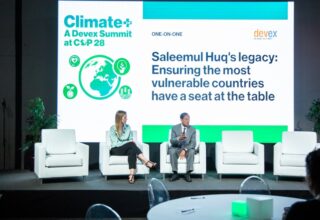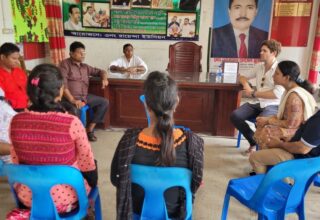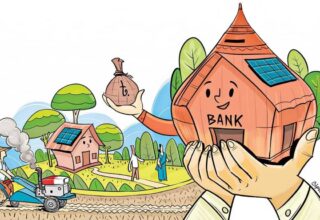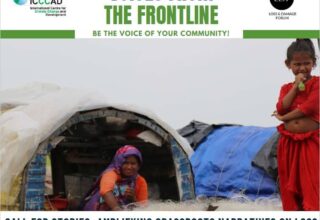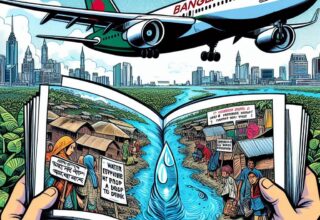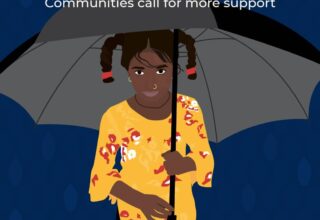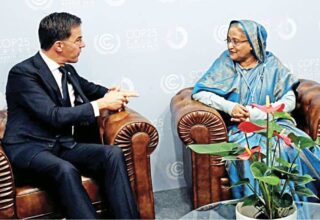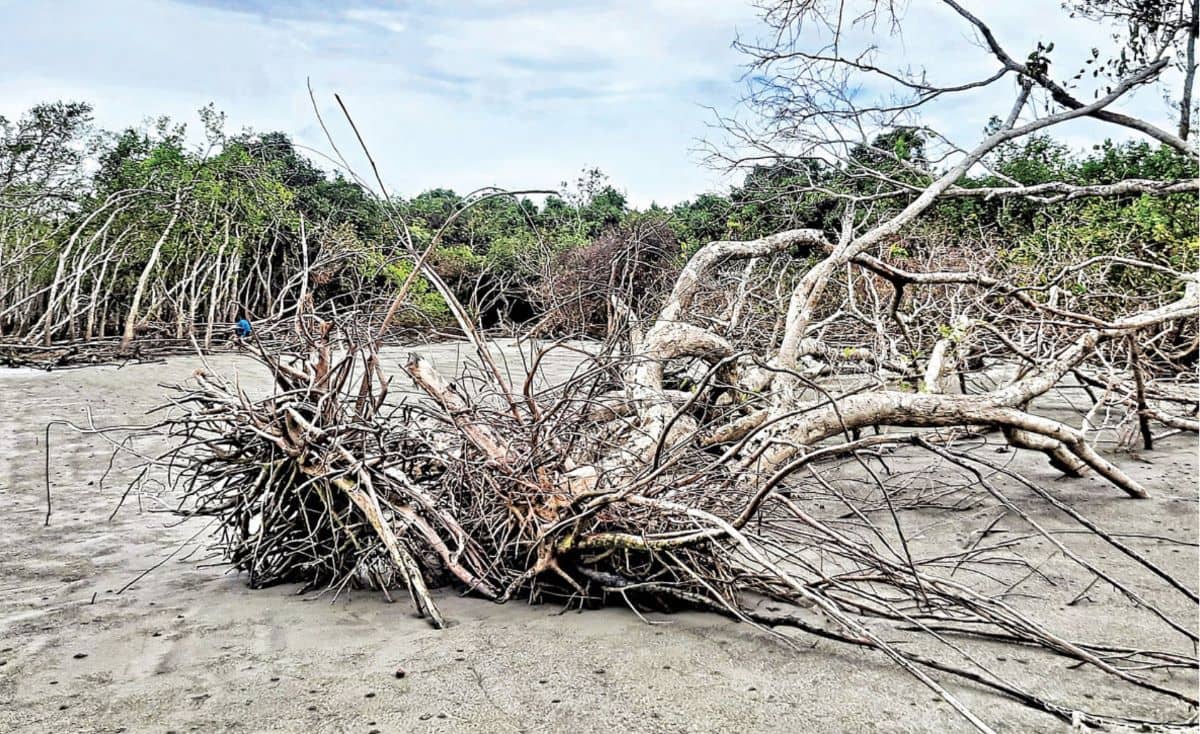
By now there have been many analysis pieces written about COP28 and the successes or failures it has delivered. This is partly due to a Conference of Parties (COP) final decision document which can be hundreds of pages long, with complexities on many articles (chapters of the decision), specific wordings and language that is finally decided (the severity of the decisions taken) and new areas or climatic impacts to be considered (that may have been excluded in previous treaties).
Going into COP28 in Dubai, there were three main issues that had grasped the global attention. These were: 1) The Global Stocktake report – to monitor the global progress in achieving the goals laid out in the landmark Paris Agreement of COP21.
2) the Global Goal on Adaptation – a similar assessment of the global progress on strengthening adaptation & resilience efforts to climate change impacts.
3) the Loss & Damage Fund – announced at COP27 intended to assist vulnerable countries (and poorest communities) in addressing the losses and damages suffered from climate change impacts.
This latest edition of a COP decision, termed the ‘UAE Consensus’ was lauded as an historic decision – due to the naming of fossil fuels as a major contributor of climate impacts, re-iterating the goal of limiting global (average) temperature rise to 1.5 Deg Celsius, inclusion of articles for Health Impacts, Agricultural Emissions and Water, Sanitation & Hygiene (WASH) impacts from climate change. Those of us that follow these issues as our daily jobs can argue these are merely incremental steps under a broad range of what should have been achieved.
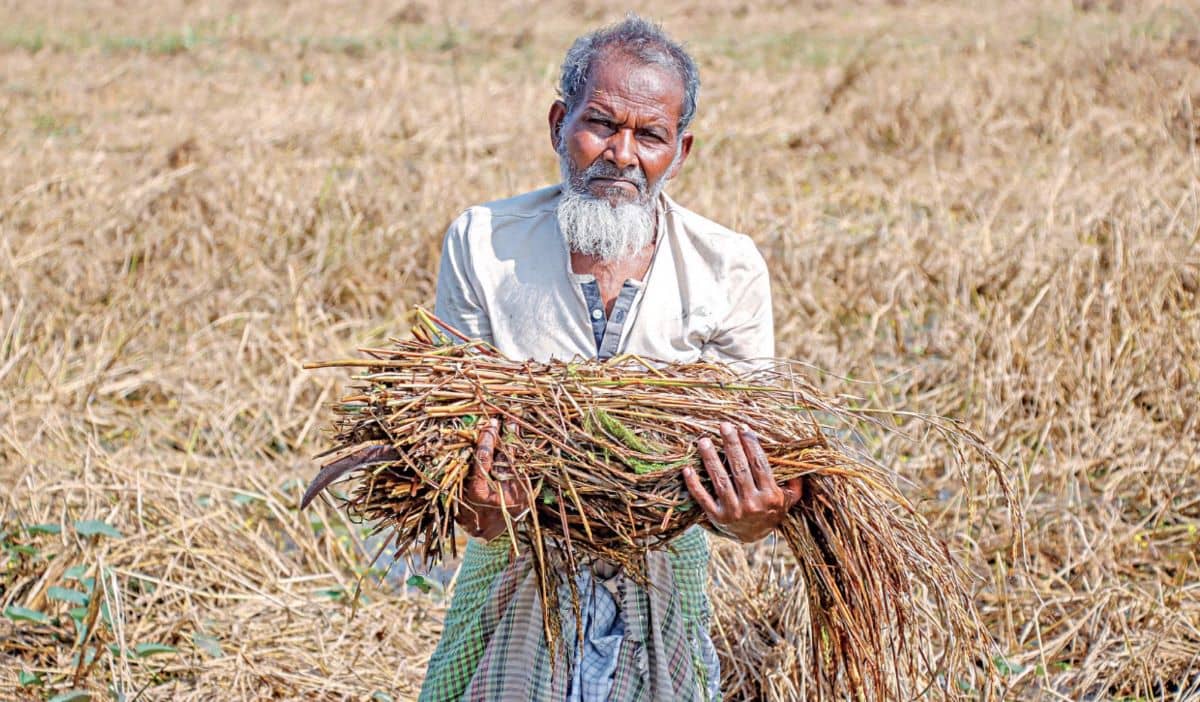
The many thousands of civil society observers, youth, gender and indigenous community representatives (among others) had broad objections to the concessions made in the UAE Consensus. In many paragraphs of the final decision the mere inclusion of these sectors & acknowledging the goals already agreed upon (within the Paris Agreement) are simply re-stating the same issues that have become accepted knowledge in the broader climate change & development discourse, and activists (particularly youth activists from the Global South) have been very vocal in their criticisms.
While the decision is largely flawed by not including any strong language (by making actions ‘mandatory’ or ‘required’) or providing concrete guidance (by identifying the gaps, understanding the financial support & technical assistance needed), there are some ‘historic’ achievements that can be agreed by all.
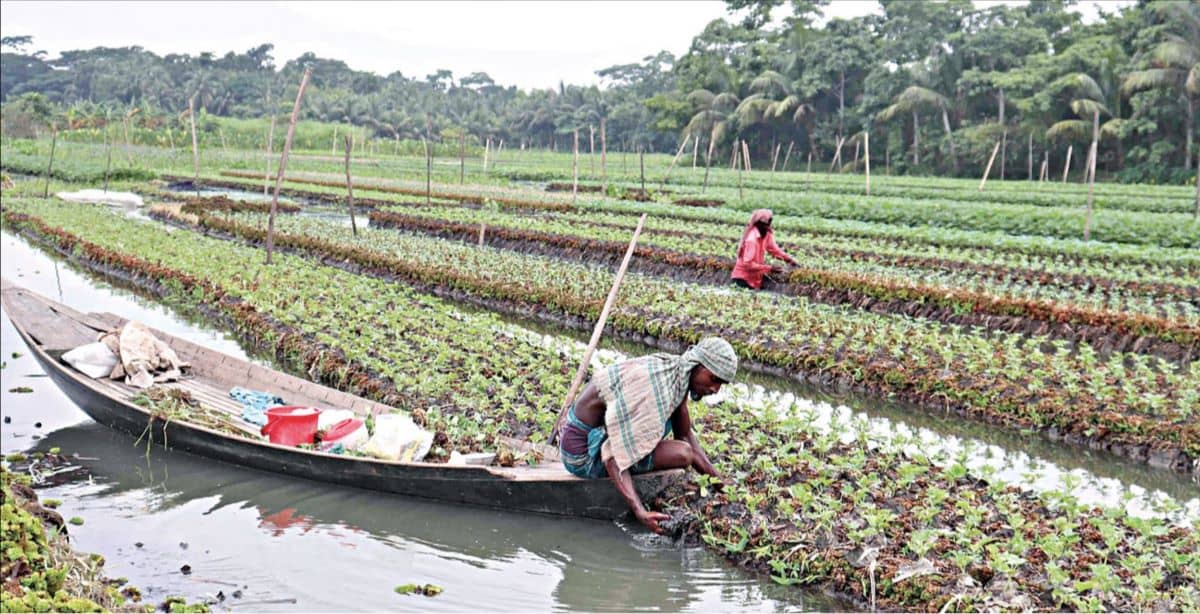
Second, the adoption of the ‘Global Goal on Adaptation’ assessment is encouraging (to say the least), as this acknowledges the commitment of the international negotiations that the world’s poor, climate vulnerable communities are adapting to climate impacts under their own resources, that this paradigm needs to shift and put their needs first and their required support (financial and technical) should not become burdensome or be riddled with loopholes.
Thirdly, the increased focus of citizens across the world (global North & South), through their physical participation at international forums, their enthusiasm to work on the ground at the frontlines of climate change affected hotspots and their eagerness to abandon ‘business as usual’ approaches by being innovative & collaborative in their climate actions, have been one of the most commendable achievements.
In particular, the youth attendance at each COP has been growing significantly, and to avoid this becoming a ‘tokenist approach’, the broader climate actors should look at meaningful ways to collaborate, encourage and strengthen their capacity (at international and national platforms).
What does it all mean for Bangladesh?
Bangladesh – as a nation under the ‘Least Developed Countries (LDC) Group’ should review the UAE Consensus as a viable work-in-progress, to achieve our resiliency and initiate transformative adaptation to climate impacts and address the ongoing losses & damages from the worst effects of climate change. Over the years, we have established a strong (and well-deserved) reputation among the LDC Group members of being proactive and collaborative when raising our voice for the most vulnerable communities. Nationally, the Government of Bangladesh has taken major steps in tackling climate change issues with a ‘Whole of Government’ approach. The responsibilities shouldered by the Prime Minster’s Office, Ministries of Finance, Planning and Environment, Forest & Climate Change respectively, have highlighted the clear climate ambitions and directives for the rest of the public sector bodies. This has laid a strong foundation for enhancing Bangladesh’s climate actions into a ‘Whole of Society’ approach – which many nations are still only conceptualizing.
From the UAE Consensus, the two major achievements mentioned above, Adaptation and addressing Loss & Damage, have taken a stance to allow nations in determining their own ways forward, in developing their own strategies while considering their own context and limitations. These national strategies must now work on enhancing the civil (and often marginalized) community participation in not only developing plans, but also in implementing and monitoring their progress.
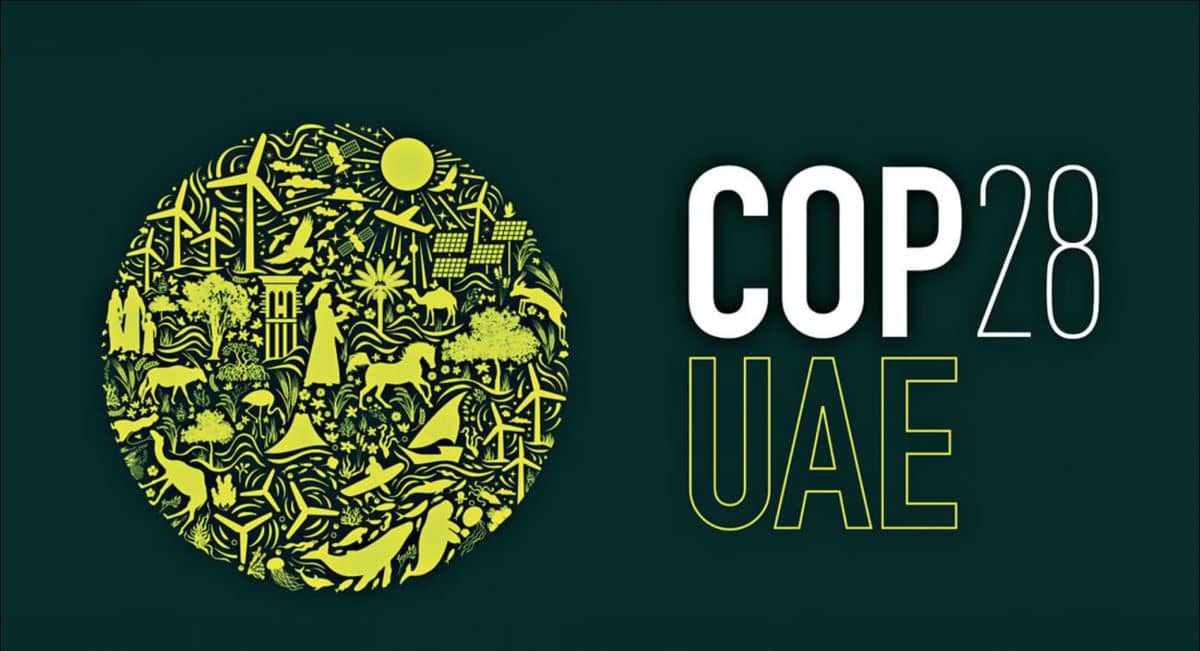
In particular, these steps should go away from merely consulting inputs from communities, by recognizing that communities have capacity that needs strengthening, they have their own agency in taking climate actions, and that proper support and meaningful impacts can only be achieved by their inclusion. As mentioned above, the ‘Role of Youths in Climate Actions’ has a serious risk of becoming a tagline and token if not addressed comprehensively. The actors within the climate & development sectors should review how they are encouraging the next generation in taking climate actions, recognizing their existing capacity to take climate actions and explore ways to enhance and support them – whether through training & technical assistance, financial support etc. These efforts taken now, to engage meaningfully with communities and enhance their adaptive capacity, will provide sustainable impacts for Bangladesh in the long term, and that should be the goal!
Originally this article was published on January 01, 2024 at Daily Star. Saqib Huq is the Managing Director at International Centre for Climate Change and Development (ICCCAD)
Email: saqib.huq@icccad.org

